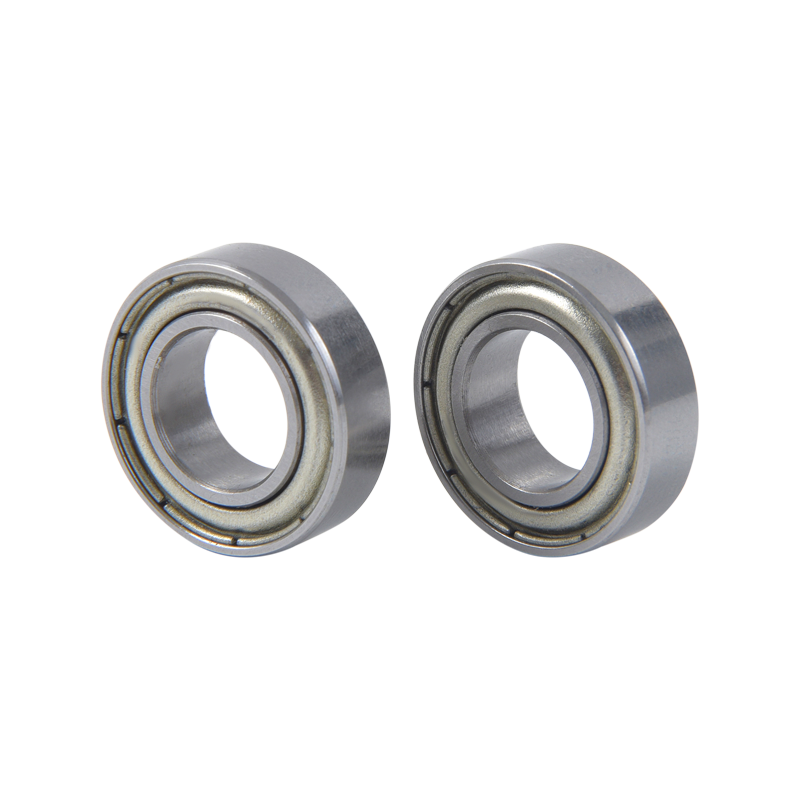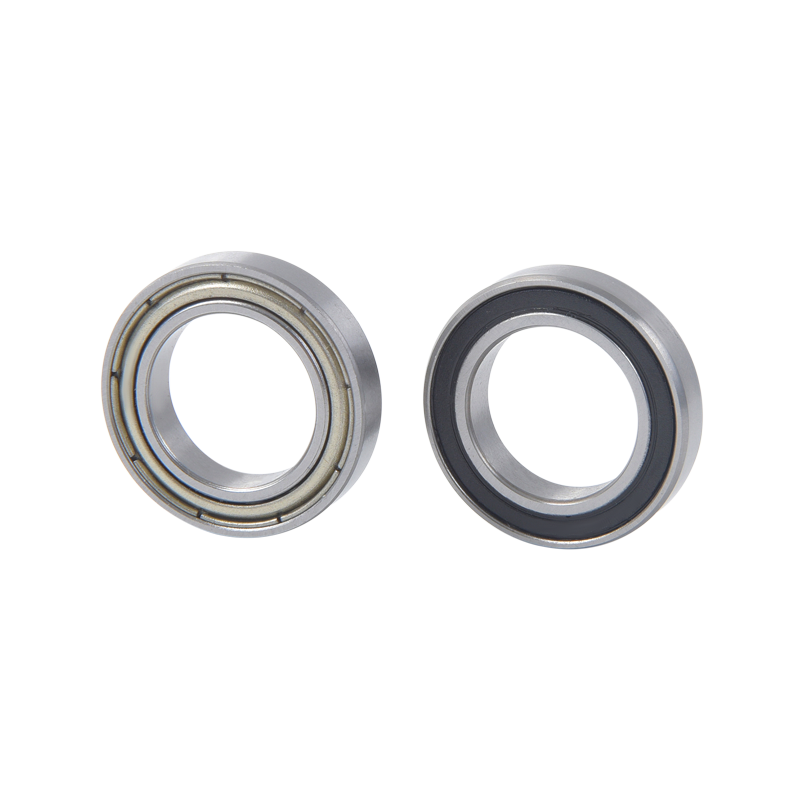The material selection of deep groove ball bearings in precision instruments is one of the key factors affecting their performance, life and reliability. Different application scenarios and working environments require different bearing materials, so a series of factors need to be considered when selecting materials to ensure that the bearings can meet the requirements of precision instruments.
First, wear resistance is a crucial consideration when it comes to material selection for deep groove ball bearings. Since precision instruments usually need to operate for a long time and at high frequency, the wear resistance of the bearing is directly related to its service life. Harder materials generally have better wear resistance, so some common bearing materials include high carbon chromium steel, stainless steel, and ceramics.
Secondly, corrosion resistance is also an important consideration, especially for instruments that operate in humid, corrosive environments or require frequent cleaning. Stainless steel is a common corrosion-resistant material because it has high corrosion resistance and protects bearings from chemical attack.
Temperature resistance is another aspect that needs to be taken into consideration. In certain high or low temperature environments, bearings need to be able to maintain stable performance. In high temperature environments, high temperature resistant materials such as high temperature alloys or ceramics are usually used. In low temperature environments, bearing materials need to be able to maintain sufficient toughness and strength.
Additionally, bearing strength and stiffness are key considerations in material selection. In some applications that need to withstand high loads or high impact loads, choosing materials with high strength and stiffness can ensure that the bearings are not easily deformed and maintain their accurate motion characteristics.
Friction coefficient and lubrication properties also influence the choice of bearing material. Some special lubricating materials or coatings can reduce the friction of bearings, improve the smoothness of their movement, and contribute to the high-precision movement of instruments.
For precision instruments, inertia, mass and moment of inertia are also factors that need to be considered. In some applications where the inertia of the bearing is high, lightweight materials such as ceramics may be a better choice because they can reduce the impact of the bearing's own inertia on the system.
Finally, cost factors are also an aspect that needs to be balanced in material selection. Although high-performance materials often provide better performance, in some cost-sensitive applications, material performance and cost need to be considered together.











 No. 7, Tangchuang Garden, Yangshan Village, Di Tang Street, Yuyao City, Ningbo City, Zhejiang Province, China.
No. 7, Tangchuang Garden, Yangshan Village, Di Tang Street, Yuyao City, Ningbo City, Zhejiang Province, China.
 +86-15706849036
+86-15706849036 +86-0574-63267578
+86-0574-63267578 +86-0574-63265856
+86-0574-63265856
